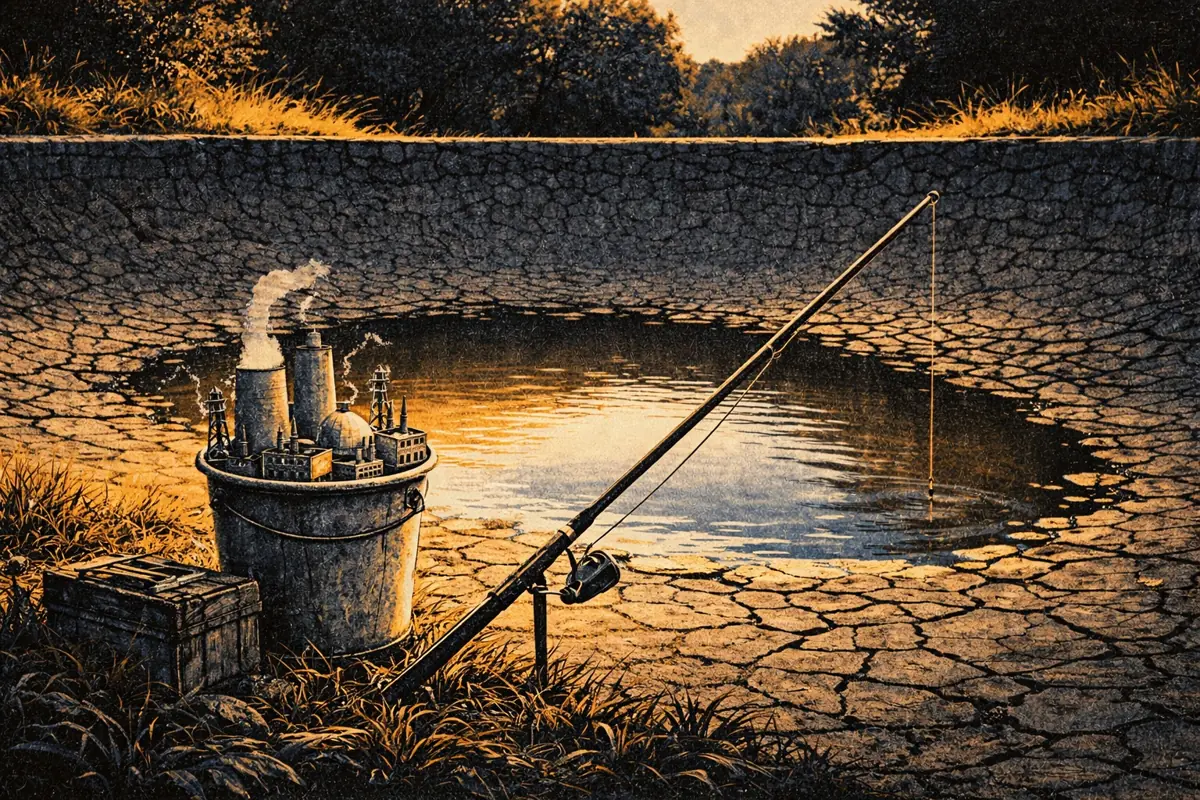Battery energy storage: why did revenues bounce back in September?
Battery energy storage: why did revenues bounce back in September?
Battery energy storage revenues in September 2023 bounced back from the lows of August, but what was behind the increase?

- Despite a 12% increase from the previous month, September’s monthly battery energy storage revenues were still only on par with those in May and June 2023.
- £3.7k/MW is equivalent to an annualized £47/k/MW/year.
- The average revenue for batteries under 1.5 hours in duration was £3.4k/MW. Meanwhile, the average for those over 1.5 hours in duration was £4.8k/MW.
Greater wholesale trading spreads were behind the increase in revenues
Monthly wholesale trading revenues for battery energy storage systems in Great Britain rose by 60% in September. The jump in wholesale revenues made up three-quarters of the overall increase.
These higher trading revenues came from greater spreads in the power markets - day-ahead price spreads increased by 25% from August, to an average of £76/MWh.

Two main factors contributed to this rise: increased gas prices, and high wind generation.
Gas prices increase as we head into Autumn
Gas prices in Great Britain increased by 10% in September, as Europe prepares for winter. While still significantly lower than this time last year, this does mean that prices have reached their highest level since spring.

Gas prices have a fundamental link to spreads in the day-ahead power market.
High wind generation led to negative prices (again)
The second half of September saw very high wind generation. In the final two weeks of September, wind generation averaged 11.1 GW - the highest fortnightly average since the end of March. Half-hourly generation peaked at 19.5 GW on September 24th, causing day-ahead power prices to fall to zero.

Prices fell to zero (or lower) on four other occasions in September, with a low of £-20/MWh - reached overnight on September 28th. While not hitting the same levels seen in July, these extremely low prices still greatly enhanced trading spreads.
More good news from the high wind generation was a new record low for grid carbon intensity: 27 gCO2/kWh on September 18th.
Dynamic Containment prices rebounded from August’s lows
Dynamic Containment prices increased by 23% from August, averaging £5.38/MW/h for the month. Prices in both the High (£3.53/MW/h; +21%) and Low (£1.85/MW/h; +25%) services increased. The greater opportunities in wholesale markets likely led to this price increase.

The share of revenues that batteries make providing frequency response continues to fall
In September, 64% of battery revenues came from frequency response services. This is the lowest proportion since December 2022.

Battery energy storage Balancing Mechanism dispatches fell from August’s record highs
The volume of dispatches for battery energy storage in the Balancing Mechanism fell by 25% in September. Batteries received 20 GWh of dispatches - down from the record 27 GWh received in August.
Despite the high wind generation that occurred in the month, most of this reduction came in Bid volumes. Batteries were instructed to turn down, or import, 37% less than in August.

National Grid ESO is hosting the Balancing Mechanism Roadmap event on October 16th. It is expected to present a response to some of the problems identified earlier in the summer, particularly around skip rates for battery energy storage.
Meanwhile, a separate Balancing Programme event is scheduled for November 9th, in which details will be provided on the initial release of the Open Balancing Platform. You can register for that event here.
Hopes remain pinned on winter for a revival in battery revenues in 2023
Despite the increase in battery energy storage revenues in September, they remain far lower than last year - and lower than many involved in the industry would’ve hoped for.
National Grid ESO published its Winter Outlook last week, providing its latest forecast for conditions this winter. Their current expectations are ‘cautiously optimistic’ - surplus is projected to remain healthy throughout winter. This means the conditions resulting in price spikes (like those seen last December) are less likely to occur. However, we’ve still seen prices spike in the past despite the Winter Outlook signaling otherwise.
However, September does suggest that increased price volatility from higher renewable generation is here to stay. 2023 has seen more instances of negative pricing than any previous year - including the COVID-hit 2020. If wind generation remains high, this provides at least one route to increased trading revenues for battery storage this winter.







